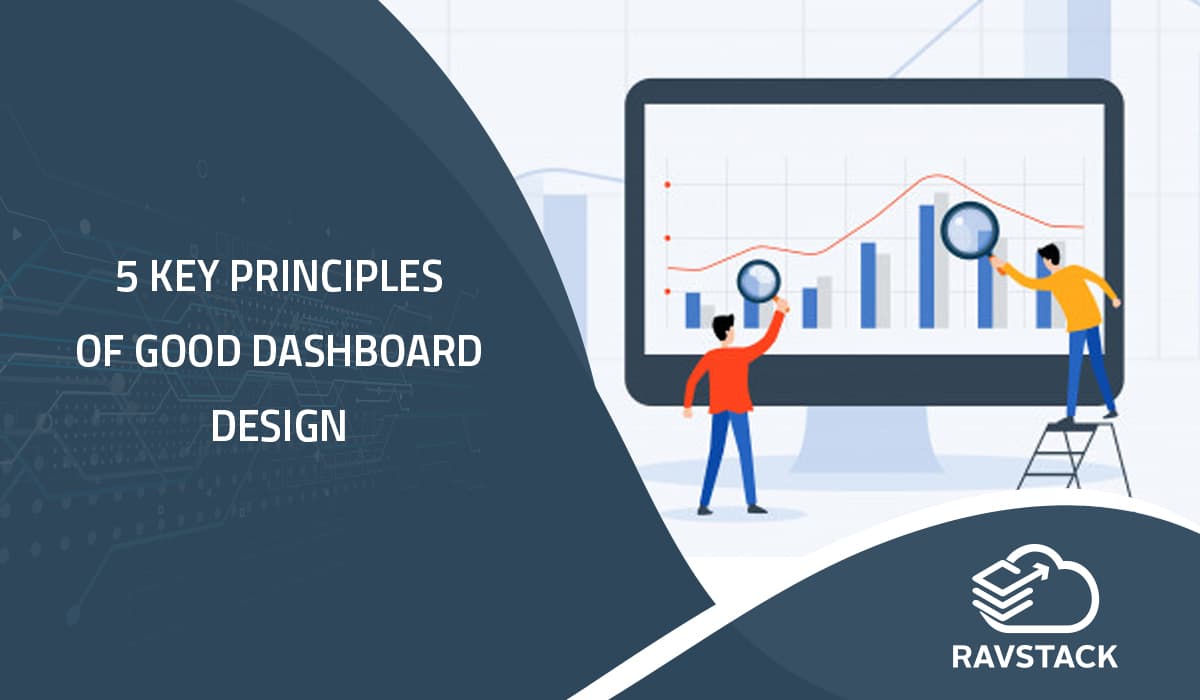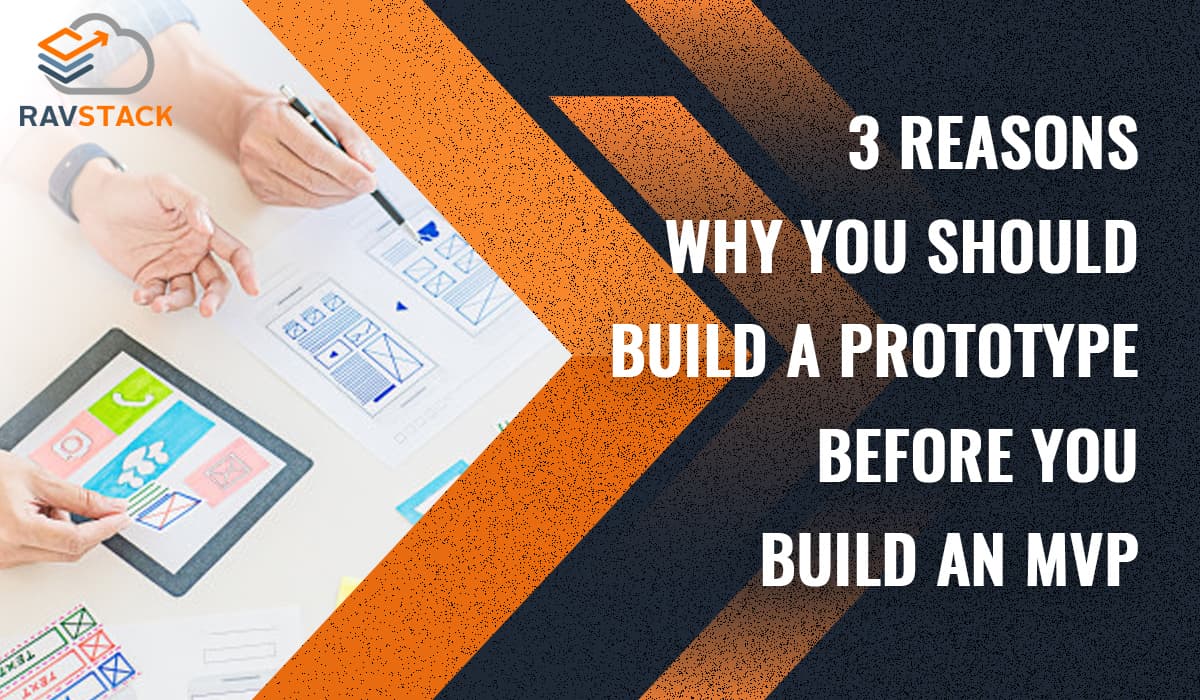
 September 2, 2020
September 2, 2020
 7 mins read
7 mins read
5 Key principles of good dashboard design
The term “Dashboard” was adopted from the automobiles vertical but has helped the IT industry in leveraging their businesses. Dashboards […]
 Product development
Product development
 MVP, Prototype
MVP, Prototype
 August 26, 2020
August 26, 2020
 9 mins read
9 mins read

Table of content
An MVP is a product with a collection of features that are very useful to capture the attention of early-adopter consumers and provide you with a high ranking in the industry.
In today’s exploratory world, developing an MVP is a common process. It’s the best option for the planning of a project or startup. It is a concept developed by Eric Ries in 2011 on the lean startup methodology.
MVP is a quick process to introduce your product in the shortest time while also decreasing the development and capital expenses.
It is a kind of proof of concept built for the industry and specifically launched to determine industry performance and target consumers’ reception.
The difference between the prototype and MVP is quite difficult to tell, and it is highly dependent on the context in which these processes are utilized. MVP is a functional prototype.
MVP is introduced specifically for the industry to understand its prospects based on the targeted consumers and to show the comparison with the competitive items.
However, a prototype can be defined as a non-interactive version of MVP developed to show what is where and how and why, and it is also known as clickable prototypes or sketches.
A presentation to the client is made to show how an idea can be implemented in a specific configuration.
The ideal prototype should be of the best quality. If the quality is poor, users won’t believe in the authenticity of the prototype. If it has superior quality, you’ll be working 24×7, and you won’t finish your tasks. You need a stable quality which is neither too high nor too low.
Those who are searching for the importance of prototyping to develop an MVP, the following are some reasons that can help you make an intelligent decision –
An effective prototype helps the developers to capture the idea and analysis of the product and examine how potential consumers would get a good connection with the product. It leaves startups with the time to ask users about their requirements and why they want the product.
Since it embodies the workflows of the product, but there is no actual development in it, the team can do fast changes as consumer’s feedback starts coming in. Focusing on experiments and making rapid prototypes before building an MVP allows startups to explore more in a short time by getting feedback at the early stage of the process.
Proper execution is essential to implement a brilliant idea or strategy, thereby making a close connection with more investors.
No doubt, the implementation of an idea does not guarantee a good result; however, performing the real execution increases the chances of a significant return on investment to Venture Capitalists.
VCs are more interested in funding a specific startup’s product if they go beyond the restrictions during the concept phase.
It is quite challenging to gather and organize the product’s strategies and layouts in the head. Paper designs, wireframes, and mockups offer restricted visualization.
Thus, to make your ideas possible, it is essential to make a highly visual product that showcases all your ideas and goals and serves basic interactive functionalities.
And prototypes are the best solution for transferring your ideas and goals into a reality that can both be seen, and, more importantly, experienced by those involved.
Keep in mind that the prototype does not solve the issue entirely. The primary purpose of the prototype during the MVP development task is to unlock the ability to experiment, rework, learn, and grow in a sandbox. The more quickly and frequently you build the prototype, the earlier your MVP will hit the industry.
Note that the initial stage always requires iterations: be it a wireframe prototype or a coding experiment.
Prototypes and iterations work parallelly to build an ideal MVP, which in turn results in a full-fledged product ready to capture outcomes.
MVP acts as a mid-point between the initial stages of the development procedure (including prototyping) and the outcome. In a way, MVP provides the direction which the item will take later on. In all seriousness, it is the essential stage of the entire development procedure.
However, this whole development procedure is theoretical with references to similar competitive items. All these things should be made according to real data, and that’s where MVP plays an important role.
MVP is a complete test of the product available in the industry. It tests the engagement with the target users and calculates their connection with the item with particular attention towards the users’ requirements and demands.
The prime advantage of MVP is the ability to test the industry. It provides the testing of business concepts early before committing to the real product with essential features that need a lot of hard work.
We can quickly introduce the product in the market and generate newly enhanced ideas based on consumer behavior later.
Products should be very profitable. When it comes to mobile applications, developing a good income involves introducing a mobile app monetization strategy.
However, as numerous app monetization strategies have proven to be very beneficial, deciding the best strategy can sometimes be difficult.
With various considerations in mind, vendors may think one strategy will perform but ultimately, may not be the best option. The most efficient way is to test this assumption with an MVP.
For example, if an app monetization strategy is centered around in-app purchases, companies can utilize their MVP to test this strategy and assess their consumers’ willingness to pay for the latest features available within the app.
If consumers aren’t buying as much as vendors had hoped for, this indicates that another step to monetizing the app should be followed.
Building a mobile product that results in deep consumer engagement is a challenging task to fulfill. According to Localytics, only 32% of consumers continue to follow an app after three months, and 21% of consumers uninstall an app after a single-use.
It’s very important to follow an aim that goes beyond the mere number of downloads. Retaining consumers by serving continual value is the most crucial objective of UX design, and an MVP will examine the product’s potential for higher value, app engagement, and longevity.
With an MVP, companies can gather data and insights on user interaction with the product to know how rapidly they understand the goal and flow of the product, and based on this, can capture the latest opportunities to enhance functionality to serve more exceptional user experience.
With MVP, you can manage risks easily by making a smaller effort to test the industry. This also affords you room to provide a quick reaction to unexpected changes based on consumer and industry behavior.
Mature, feature-rich platforms are an outcome of years of hard work and have a cost to match; however, MVPs are developed iteratively allowing prices to be spread over time. Typically, the cost for further efforts is a reinvestment of revenue generated from previous versions of the MVP.
Creating an MVP allows you to attain the highest value for your brand while dramatically decreasing the cost.
The key takeaway here is that a prototype allows companies to begin smaller modules to produce a better, more efficient, and more polished product. The highly skilled team of UX/UI and graphic designers at RavStack understands the crucial role prototypes play in the success of an MVP.
From project & strategy implementation to developing highly efficient prototypes, our experienced designers can make all efforts and create an interactive model that excites early consumers, attracts vendors, and sets up the transition into MVP development.
Are you interested in developing your MVP with our team? Do you have queries on how to build a prototype before an MVP? Don’t hesitate to get in touch with us.
)
We'll get back to you within 24 hours
Talk to our expertDigital Newsletter about iOS, Android, AI, Big Data and Cloud Insights.